
Is this really the 52nd Friday Wonder Blog in a row? If so, cue the Fireworks.
This week flew by and no book story wrote itself. A dream of a house call ate up all of Thursday afternoon. Thursday afternoons are usually the time when I get desperate for a book story and force something out. I hope Wonder Book will be the high bidder. That will be a story unto itself if so.
It is already late Friday morning so this will have to be dashed off.
Things get put aside to my attention in this giant warehouse in many ways by a number of different people. One recent weekend 4 things out of thousands captured my attention for different reasons.
The Silly
There have already been a couple book stories here about books which may be only the surviving copies known.*
*The Thomas Merton had a happy ending in a university archive. The Negro Travel Guide is still on my shelves. I like it. Someday I may put it on the market. I’ll certainly make sure that “Sole Survivor” is safe no matter what.
Madeline has been doing much of the research here for many years. A lot of books she prices and places to be put online or in the stores. The 50 or so glass cases in our Frederick store are her “baby.” If she likes a collectible book enough, it will make its way over there where the public can see it as well the virtual audience on the internet.
If her search results are…troublesome…for whatever reason, she will put the book aside to my attention with a bit of note paper laid inside relating what she found about the book (or author or signature or…) More often than you would think her note reads simply:
“None online. None on World Cat.”*
*WorldCat is a union catalog that itemizes the collections of 72,000 libraries in 170 countries and territories that participate in the Online Computer Library Center global cooperative. It is operated by OCLC Online Computer Library Center, Inc.—Wikipedia
This book was one of those.
A book with apparently no copies in any of 72,000 scholarly libraries anywhere and no list amongst the hundreds of millions of books offered for sale on the internet. It appears to be a “ghost.”
The plain blue buckram cloth binding made me wonder. It wasn’t a rebound book. Publishers rarely bind a book with no title on the spine or cover. I opened it to the title page and read the information there:
The Peace Officers’ Telegraph Code…for the exclusive use of ALL PEACE OFFICERS OF THE ENGLISH-SPEAKING WORLD. By H M Van Alstine Author. Published … Portland, Oregon, USA.
The Portland, Oregon was over marked with a rubber stamp that reads: “San Francisco, Cal.” The copyright page states it was published in 1911. Opposite the title page is a “registry” page. This copy is stamped: “3313.” So unless Mr Van Alstine was practicing hyperbole or printing “inflation” to make his book seem “bigger”, there were thousands of copies printed. How could there be none left out there? The San Francisco earthquake was 5 years earlier so they couldn’t have perished in that conflagration.
I leafed through the book to see what it was about. A bit confusing. It is 318 pages and most of it is listings of 3 letter codes and each code’s definition after it. For example:
OHU means “Welsh Male”
OHV means “Welsh Female”
OHW means “Welsh Boy”
OHX means “Welsh Girl”
DMA means “AVOID”
DMB means “Avoid if possible”
DMC means “Avoid any trouble with them”
DMD means “Can you avoid…”
Hundreds and hundreds of codes to convey all manner of things a detective or police officer might want to say via telegraphy.
Then it struck me.
This book was silly! H M had written a long book to “simplify” and codify the “world.” This complex tome would be harder to use than plain English. I suppose if any info was confidential it could have some use. Don’t you trust your own telegrapher or the telegrapher for the law enforcement agency at the receiving end? You couldn’t expect anyone to memorize thousands of codes. Flipping through 300 pages to figure out how to convey:
“Avoid the Welsh Girl who has her left leg and right arm off.”
(DMA OHX GPF)
Would be ridiculous.
My surmise is Van Anstine’s book venture was an utter flop. This book is just a curiosity item with law enforcement and telegraphy communication hooks.
Still, I’m glad we caught it. I’m sure some university archive or specialist collector will want it.
Another “sole survivor” rescued? Maybe…
The Beautiful
So many books are beautiful in my estimation. Occasionally, we will come across one that knocks your socks off!
This is just an Oxford University Press edition from 1953 but just look how dressed up it is!
Dr Johnson has always been a favorite of mine. In college I was assigned to read Rasselas.*
*The History of Rasselas, Prince of Abissinia, originally titled The Prince of Abissinia: A Tale, though often abbreviated to Rasselas, is an apologue about happiness by Samuel Johnson. The book’s original working title was “The Choice of Life.”—Wikipedia
The Britannica summarizes:
Rasselas—The History of Rasselas, Prince of Abissinia, philosophical romance by Samuel Johnson published in 1759 as The Prince of Abissinia. Supposedly written in the space of a week, with the impending expenses of Johnson’s mother’s funeral in mind, Rasselas explores and exposes the vanity of the human search for happiness.
The work is addressed to those who “listen with credulity to the whispers of fancy and pursue with eagerness the phantoms of hope.” Hoping to learn how he should live, Rasselas meets with men of varied occupations and interests—scholars, astronomers, shepherds, hermits, and poets—and explores their manner of life. He finds that complete happiness is elusive and that “while you are making the choice of life, you neglect to live”—which is, perhaps, the most important moral to be drawn from the tale.
This book struck me as a very young man. I was about 6 years younger than Rasselas when I first read it. Its philosophy about choices and the search for happiness guided me in those formative years and certainly forms part of what I am today.
This is an 1874 review and comparison of Rasselas to Candide.
Thank you, Doctor Johnson!
(This book will go home with me and become a physical “part” of me as well.)
The Exciting
One early blog was about children’s books and how we “rescue” hundreds of thousands from being pulped every year. We will be shipping 60,000 next week to a guy in Virginia in Gaylords. What he does with them—I dunno.
Occasionally we find collectibles tossed into the “raw” Gaylords we buy by the ton from recyclers. And RARELY we find something really … EXCITING
The Stuff Dreams are Made Of
We have 7 “Sorting Stations” here. Folks here go through boxes and tubs and trash bags and Gaylords…whatever containers people can put stuff. Books and media (DVDs, CDs, cassettes…) and other “stuff” we buy from the public at the three stores or pick up from charity sale leftovers or house calls or are delivered here—(sometimes anonymously) or… The “sorters” are trained according to a fairly complex formula what can go right to Data Entry—where our Master Computer decides to accept or reject books for sale online.
We give away thousands of tubs and crates each year.
The sorters are also trained what NOT to turn over to the computer. No entry-level sorters are permitted to discard ANYTHING. What may appear to be trash to them could be…exciting.
Some things automatically get put aside for my attention. Other things are sent to “secondary sorters.” These folks have enough experience and training to make decisions on many things. They can usually decide whether what is sent to them is trash, or should go online or to the brick and mortar stores or get sent to be researched or …get put on a cart for me to review.
I was going through one of these jumbly tumbly carts and came across this sketchpad. Any original manuscripts or diaries or original artwork gets put aside for me. Most of it is dreary dull or amateur stuff. Diaries are often “It rained today…” or “Woe is me….” I see a lot of handwritten poetry—most of it is dreadful. Most sketchpads are student work or a retiree’s trying their hand at drawing for a hobby.
When I saw this:
I figured it was some kids dabbling. I flipped it open. Yep, someone copied Madeline drawings—but not a child. Maybe an art student? It’s pretty advanced. And why the lettering?
I put it aside to look at another day. But in a little while something called me back to it.
I went through it page by page. “Why would someone copying from the book make corrections?” The images of Miss Clavel racing up the stairs “fast … and faster…” conveyed “motion” to my eyes.
Nah, it couldn’t be…I put it aside.
On Monday I asked someone to bring me an old edition of Madeline from our online stock. I compared them side-by-side.
Wow! … The stuff dreams are made of…maybe…
We’ll see how this evolves for good or ill. If it turns out “good”, I’m sure to write a blog about it. Until then what do you think?
Tree Song Part 1
Below are the first few chapters of a fictional book. Maybe a novella or maybe longer. It is about a hundred and twenty pages along and I hope it will find an ending. As it is, it is still a work in progress.
The word “book” itself has changed very little over the centuries. In Old English it had the form bōc, and it is of Germanic origin, related to for example Dutch boek, German Buch, or Gothic bōka. The meaning has remained fairly steady too: in Old English a bōc was a volume consisting of a series of written and/or illustrated pages bound together for ease of reading, or the text that was written in such a volume, or a blank notebook, or sometimes another sort of written document, such as a charter.
The pages of books in Anglo-Saxon times were made out of parchment (i.e. animal skin,) not paper. But nonetheless a long-standing and still widely accepted etymology assumes that the Germanic base of book is related ultimately to the name of the beech tree. Explanations of the semantic connection have varied considerably. At one point, scholars generally focused on the practice of scratching runes (the early Germanic writing system) onto strips of wood, but more recent accounts have placed emphasis instead on the use of wooden writing tablets.
—Oxford Dictionaries.com
Chapter 1
I live on a mountain in the woods. There are trees everywhere—above, below, left, right, and all around. The forest is mostly oak and ash, maple and tulip poplar, dogwood and redbud. I built stone steps into the rise behind the house leading toward the steep rocky, tumbly cliff a 20-minute walk above. Beyond that there is only forest for miles. At the top of the dozen steps I put a bench. A broad stone slab resting atop three squared stone legs. There are flat stones all around this bench, this seat, this “throne” or dolmen—if you will.
At day’s end I’d often climb the steps and sit. I’d look through the trees down into the valley far below. I’d breathe and wonder at all the magnificence around me. And I’d sigh at the loneliness of having such wealth. There was peace and quiet in the solitude but for a bird song or sometimes twenty and the breeze sighing in the forest canopy above. Day after day, season after season nothing changed but the bare branches budding, leaves greening, browning, and falling; pattering to the ground.
Then, once upon a time, as I stepped toward my throne, I looked westward up the mountain instead of down into the valley. I saw a silver tree. Lithe and only a few inches thick it still held its leaves in this early winter afternoon. They shone in the afternoon light—as much gold as they were tan and sere.
“Where did you come from?” I thought.
(I’ve been here all along.)
I guess it had been screened, hidden by all the bigger trees surrounding it.
I turned and sat and sighed and looked eastward—down again at all the distant roads and homes that held all the thousands of people in the valley below.
I listened and a little breeze whispered leaves across the forest floor. They’d skitter and scuttle, roll and tumble, float and fall around behind and before me. Their sharp dry edges would make scratchy noises as they moved across the stones.
“This is peace,” I thought. I felt all the comfort there can be but for that which was missing. A hollow inside me. Amongst all the abundance everywhere above, below, and about that small void outweighed all the rest.
(I know.)
I turned again and considered that tree just yards behind me. It seemed to glow. Its branches spread wide down low as if shielding, protecting the ground around it.
It stood dwarfed and alone. It was surrounded by pillars of tall, thick trunks rising high to the canopy far above it.
“Are you a beech?” I thought surely but not completely so at this distance.
A chickadee landed next to me and churred.
(I am.)
The bird cocked its head at me and flitted off with a “pffft.”
“I don’t think I’ve seen many beeches on this mountain.”
(There are a few of us.)
It was about 30 feet tall.
(Thirty-two. And a half.)
And kind of conical.
(Conical?!)
No, I guess tapered would be more like it.
(Better.)
Graceful. Lithe. I wondered why I hadn’t noticed before. It was rooted only 30 yards behind where I’ve sat upon my stone throne hundreds of times. But then there are thousands of trees of all shapes and sizes everywhere I look.
The chickadee landed next to me again—tiny gray, ivory, and black. It tapped its beak against the stone slab three times, looked up at me quizzically and flitted off toward the Beech.
It is the only tree around that still held leaves! Why hadn’t I noticed that before? Each little branchlet had a sere tan leaf at its tip illuminated in the dying light!
(My Winter adornment.)
“Odd,” I thought. “And so beautiful.”
Chapter 2
It was a few days before I returned to the stone steps and sat upon the slab. It was morning, and I’d come out to think about the day to come. The dawn moves so swiftly. From the instant the first orange light warms the horizon until the sun itself peeks over that distant edge of the earth. Then, as if impatient to begin the day, there is space between the disk and the distant horizon in only moments. Glorious moments.
“The sun rises too quickly,” came to mind.
(It does.)
“And the days pass too slow and too fast.”
(I know)
The breeze in the trees seemed to speak to me and I turned now to the west and looked up the land behind me.
The Beech had gold tones—bathing in the early sun.
“Silver and gold.” an inner voice hummed
It certainly stood out amongst the common black dirty gray trunks surrounding it. They rose like pillars supporting a Grecian temple. Tall straight living wooden pillars holding up the forest canopy like a roof. The Beech stood alone below like a beautiful delicate stone statue in its temple of the woods.
I noticed there were some snags near the tree. Dead trees still standing but ready to fall in a storm or where insects and fungi kill and sever enough of the old roots until the trunk has not enough connection to the Earth to defy gravity any longer.
“I should harvest those. It’s never too early to start stockpiling firewood for next winter. Beside if one fell the wrong way it could crush the little Beech.”
(Please.)
I turned to look east and then west. Then back and forth again.
“That tree’s in alignment. The east horizon, the steps, my stone slab, the tree, and the West up and over the mountain crest a 15 minute hike above me.”
I stood and turned facing first west and then east.
“Odd. Like some Stone Age alignment. Odd accident. I wonder on what two days of the year the sunrise will climb up these steps and over my seat and up to the Beech?”
The sun moves swiftly early in the day and the light changed. The smooth skin of the Beech returned to silver.
“I should get to work.”
I lifted my mug and drank some more of the coffee then I tossed the dregs into the leaf mold. I rose and walked down the steps and into the new day and to my work. As I rolled and bumped down the mountain road, I wondered at the Beech’s struggle.
I returned that evening dusty and tired. I took a bottle of red Sardinian wine out to the throne. The cork slipped out with a soft “pop.” The first sip came alive inside me. I thought of a dry bright Mediterranean hillside. What my glass held was sun and rain and grapes from years ago all captured and sealed until now. Free once more it lived and breathed. The fading sun shone upon it and colors danced in my hand. Burgundy and purple and silver lights performed a show on the stone next to me.
“Liquid light.”
I turned and contemplated the little tree. How did its seed get to this spot? There are no others in any direction.
These are not woods any person would wander through.
(I was dropped from above.)
How did it sprout and find light beneath the giants that dominated the sky all around and above it? I imagined a little sprig hoping for occasional rays of light to find their way through the tangle and maze above to its first green leaves.
(Yes, no, I don’t remember. But those must have been difficult times.)
The trunks of giants rising on every side like canyon walls. For much of the year the sky above nearly blotted out by a moving, fluttering sea of green leaves above covering the sky trying to keep all the light for themselves.
I made my mind up then and there to make space for the Beech. So it could have space and light. And I must confess—so I could see it better from different approaches. For in the forest there are 360 ways to and from every spot. And, lately I’d often finished my walks in the woods toward the Beech. Like it was a focus, a beacon I should come to regardless of which direction I was coming from. I would end up there and pass by and it made me smile.
Chapter 3
One Sunday I awoke and decided that rather than going into work in solitude amongst millions of books, I would first clear some space around the tree.
I pulled on the cord of the saw which had kept me warm for years. The machine roared to life—shuddering the morning calm.
(I’m frightened!)
I approached a maple only ten yards from the tree. It was about a foot in diameter. I looked up its trunk trying to ascertain its fall. It was easy to drop. I notched it a couple feet off the ground on the side I wanted it to fall toward and then cut straight across it directly from the other side. I was wearing noise-reducing earmuffs, so the “crack” was mostly muffled and I felt as much as heard the “whomp” of the trunk hitting the earth and “whoosh” of the branches and of the tree’s canopy being whiplashed by the impact.
There’s a silence after a tree falls. The forest quiets. Birds stop their chattering and fluttering. And there’s a stillness in the air. Surprise? Shock? Nature pauses a moment as if in respect.
I looked up and a small new patch of blue had opened above.
The saw in my hands idled—putt-putting softly, shaking my arms and shoulders gently. And I felt the forest slowly come in to motion once again.
I looked down the length of the fallen tree. Nothing would go to waste. I’d make a pile of the branches. It would become a sanctuary, a habitat for ground birds and songbirds and other small creatures that need protection in the otherwise nearly barren woodland floors. They will eventually decompose and become part of the soil to nourish living things yet to come.
The trunk and larger branches would warm me next winter. The ashes would be spread all around.
There are thousands of maples within steps in all directions.
I dropped another. Another. Another.
I approached a larger ash. Its crown was half dead. It seemed to hover over the beech. It was 19″ thick. Looking up its trunk, it puzzled me. It first seemed to lean south. A little higher it angled northwest. Its crown was uneven, and it was difficult to decide in which direction it truly leaned. Some its branches over 60 feet up intertwined with branches of other trees.
I took a deep breath and decided where to start the notch. I cut down at a 45-degree angle for 9.” Then I cut straight across and the wedge kicked out.
I walked to the other side and cut straight across above the notch. Soon black damp saw dust started flying from the saw’s chain. The tree had a core of black rot. Carpenter ants—those evil shiny black machines. They had tunneled a wet rotted dark void in the trunk. All exoskeleton these little robots only goal is to bring rot into living wood so they can feast and shelter in the soft decaying tree from the inside. Because of the rot and the unseen void inside the ash started leaning too soon. The trunk was weakened by the ants tunneling and the rot invited by their damage and moisture.
I looked up. The timing was off. Everything was off. It was leaning the wrong way. I drew the blade out of the cut and started to back away.
Things were happening fast.
“Coorraack!”
Which way will it go? Its canopy snagged the branches of a huge 130-foot tall tulip poplar tree just beyond it. It began to twist, rotating on its stump.
It was going so fast. And where?!
The trunk could kick right back at me.
Which way should I run?!
(Left!)
“LEFT!”
I dropped my saw and careened to my left seeking the shelter behind some other thick trunk. I sensed great motion over my shoulder. I heard the tearing and screeching as branches, limbs, twigs tore themselves above me. A great rush of air blew past me. Whoosh! Followed by a tremendous “thump.” The ground shook through my boots and legs. There was snapping and cracking all around as the old ash’s crown smashed against the stones and boulders on the mountainside. And on either side of the big oak trunk which protected my body.
Then silence. As if the mountain and forest held its breath. Then came some rustling as the fallen giant’s crown weighted by gravity settled at last onto the ground.
I looked back. My saw lay inches from the ugly, massive, gray-black trunk. Exactly where I’d been standing.
(Are you alright?)
I looked down at myself. “Am I ok?”
Shaken, I retrieved my saw and strode down to the limestone slab. I took a deep breath and gathered my stuff. What just happened? Did I hear someone tell me to dodge left? Impossible. I was alone in the woods. I had my ears covered, muffled by “headphones” and the saw was still spluttering and puttering where I’d dropped it. Besides what I thought I heard was not a yell. It was more of an urgent whisper. A worried desperate whisper inside my mind. A voice in the wind.
I sat backwards facing up the mountain to the west.
One beacon of light shone through the gray sky. The lone ray landed only upon one small tree which glowed silver and gold in the winter sun. It was new light. It was a bit of sky the Beech had not seen before. It was a patch of blue I’d opened for it.
For some reason it came into my head to say, “Thank you.”
(Thank you.)
I was shaking a bit as I made my way down the stone steps toward the warmth of the house. Each boot step made a little tap as my foot hit every stair.
When I got inside, I removed my coat and hung it up. A shiver went through me though I was not at all cold.
Had some unseen hand pushed that falling ash toward me?


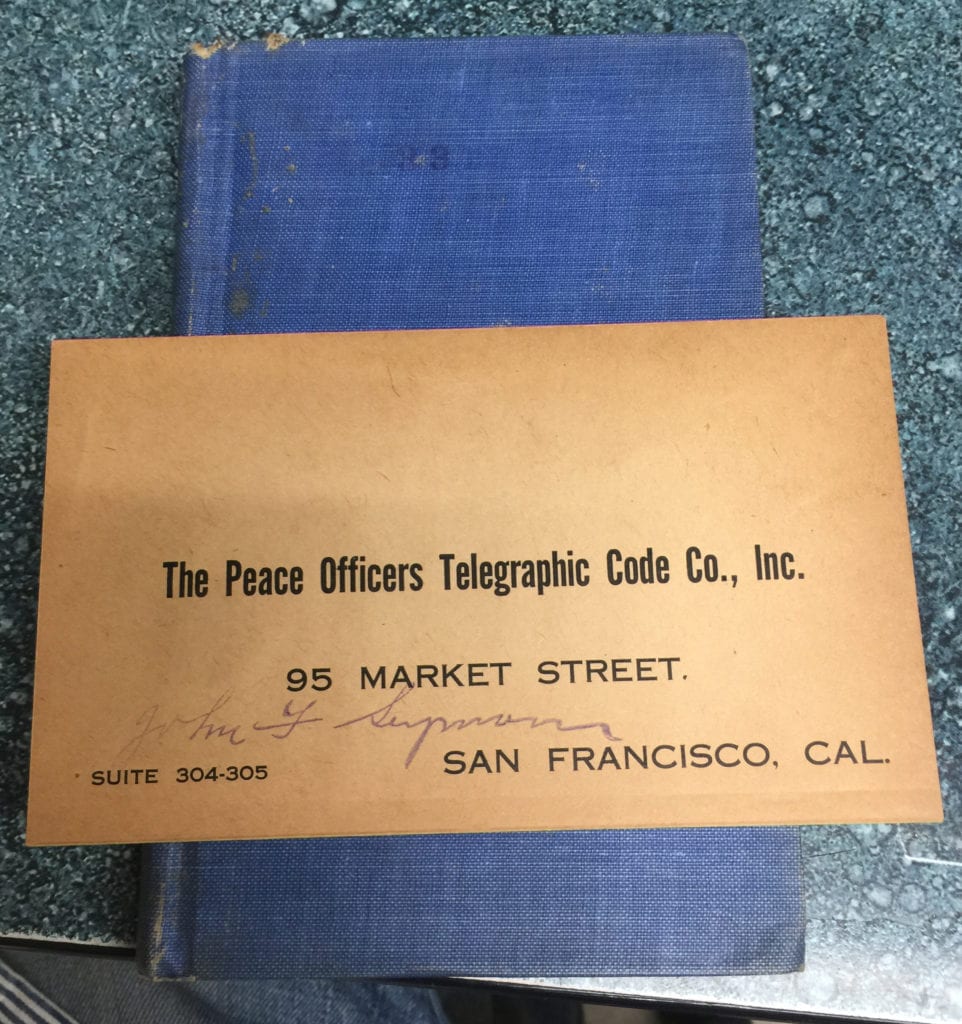
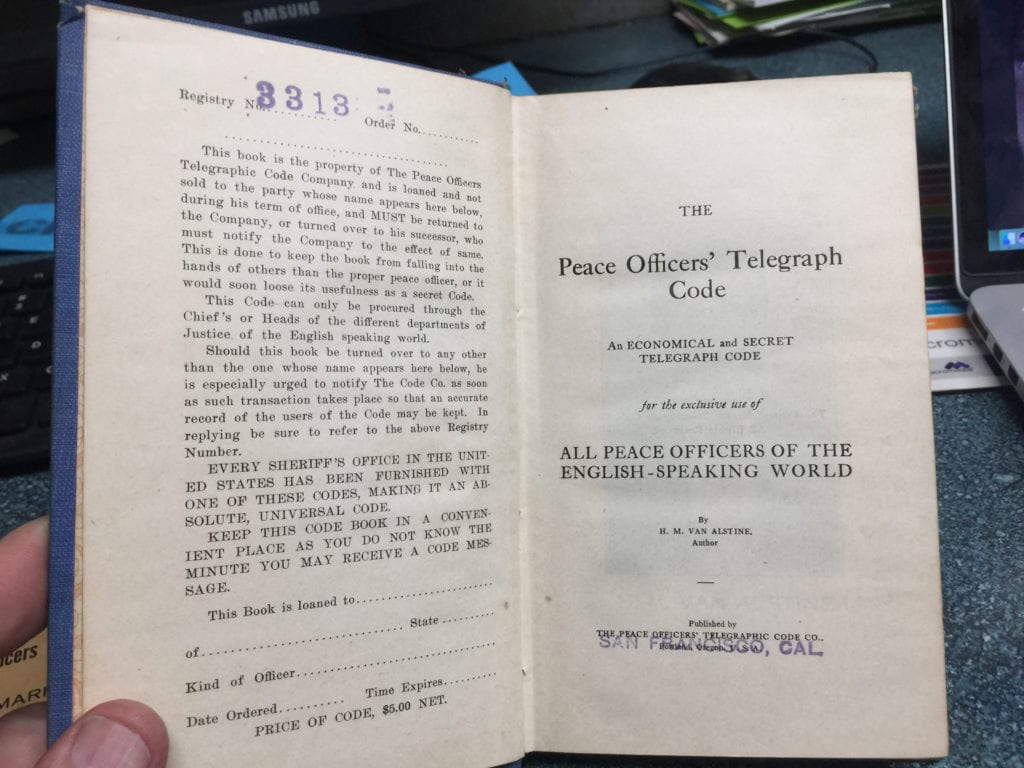
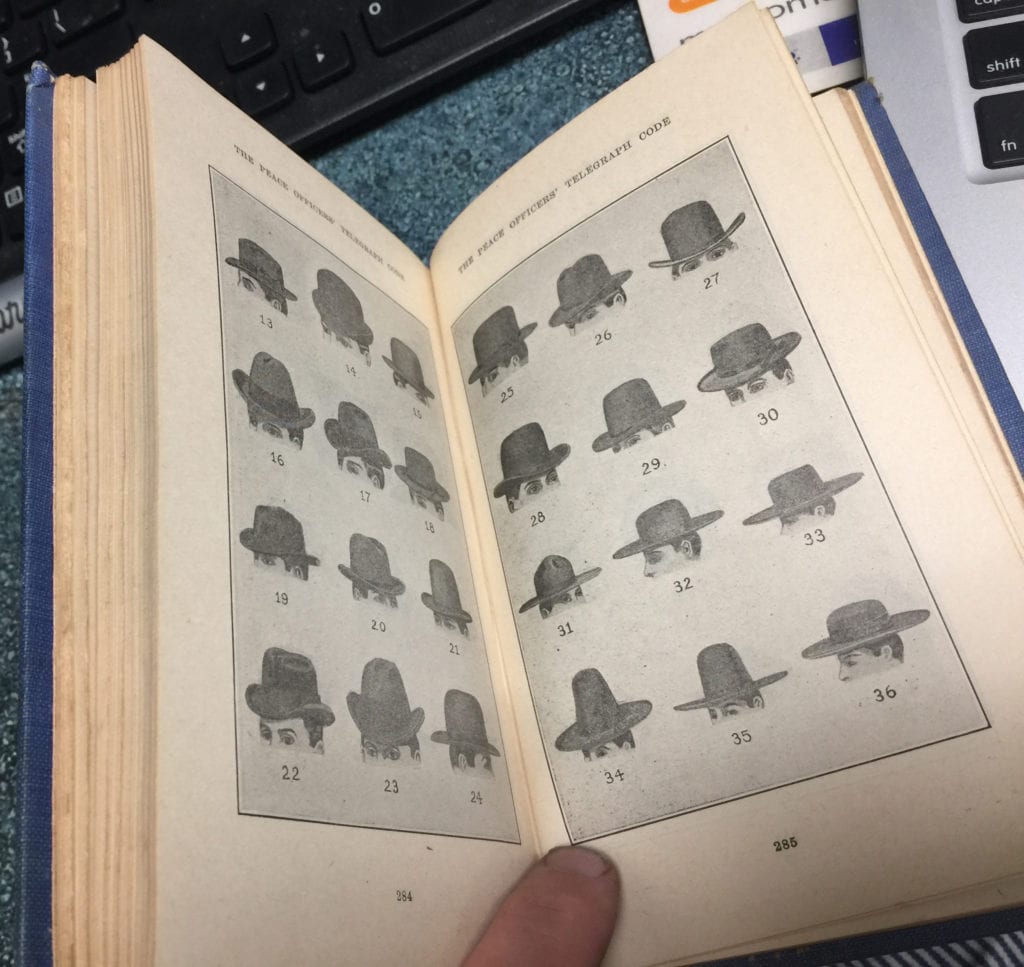
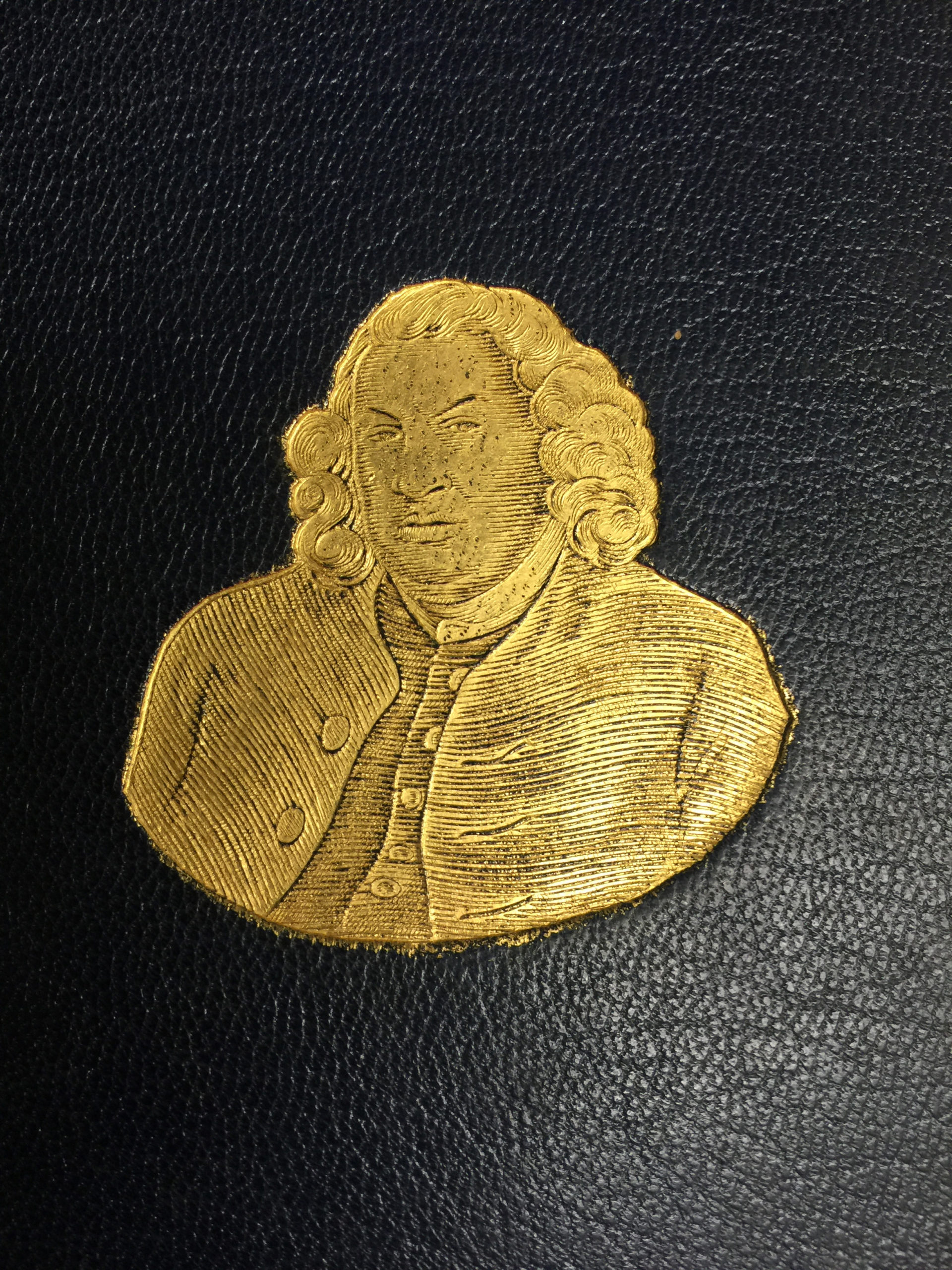

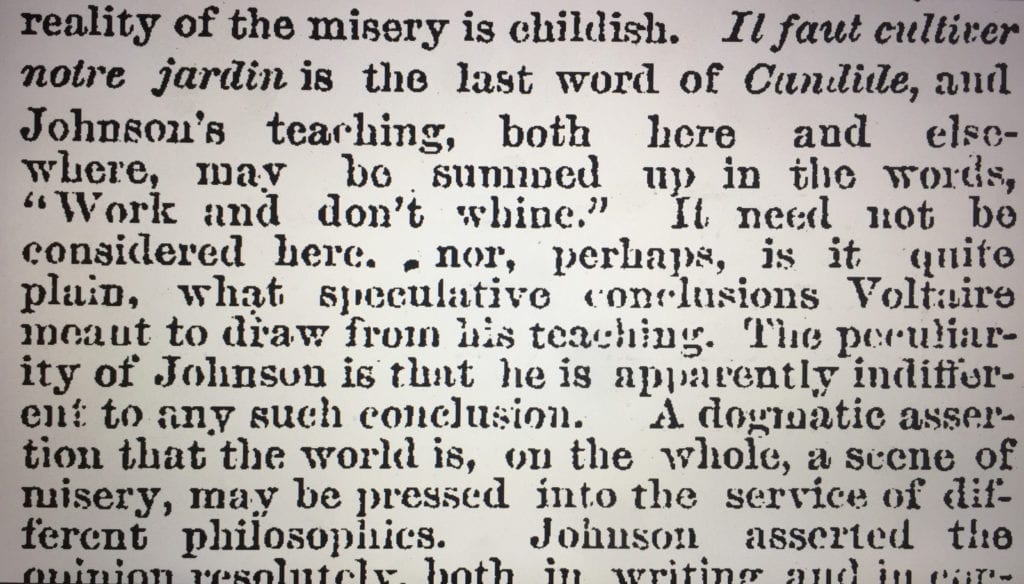
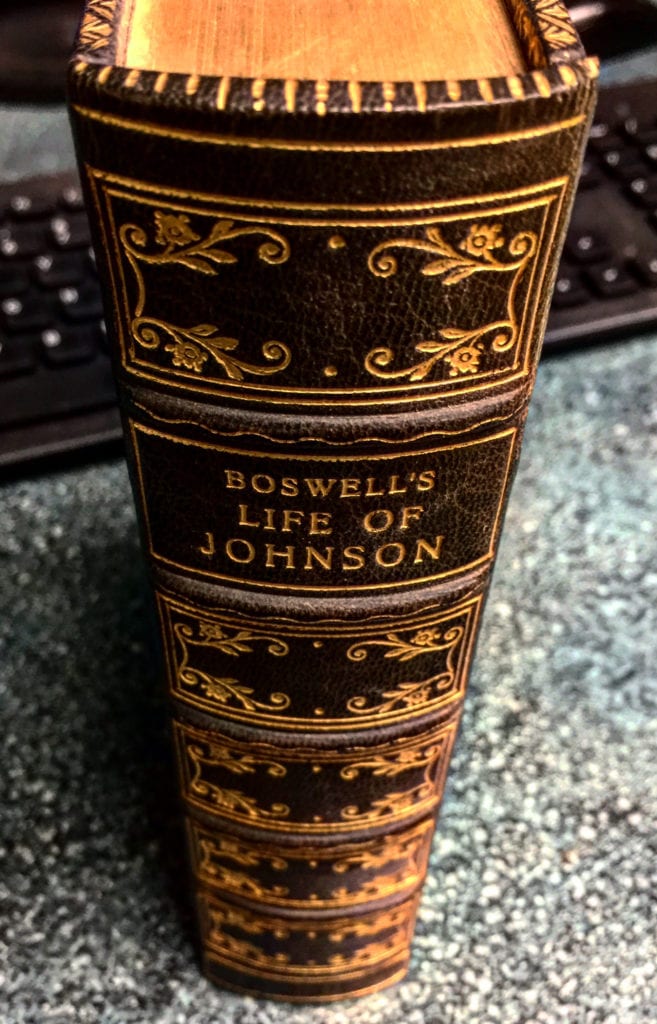

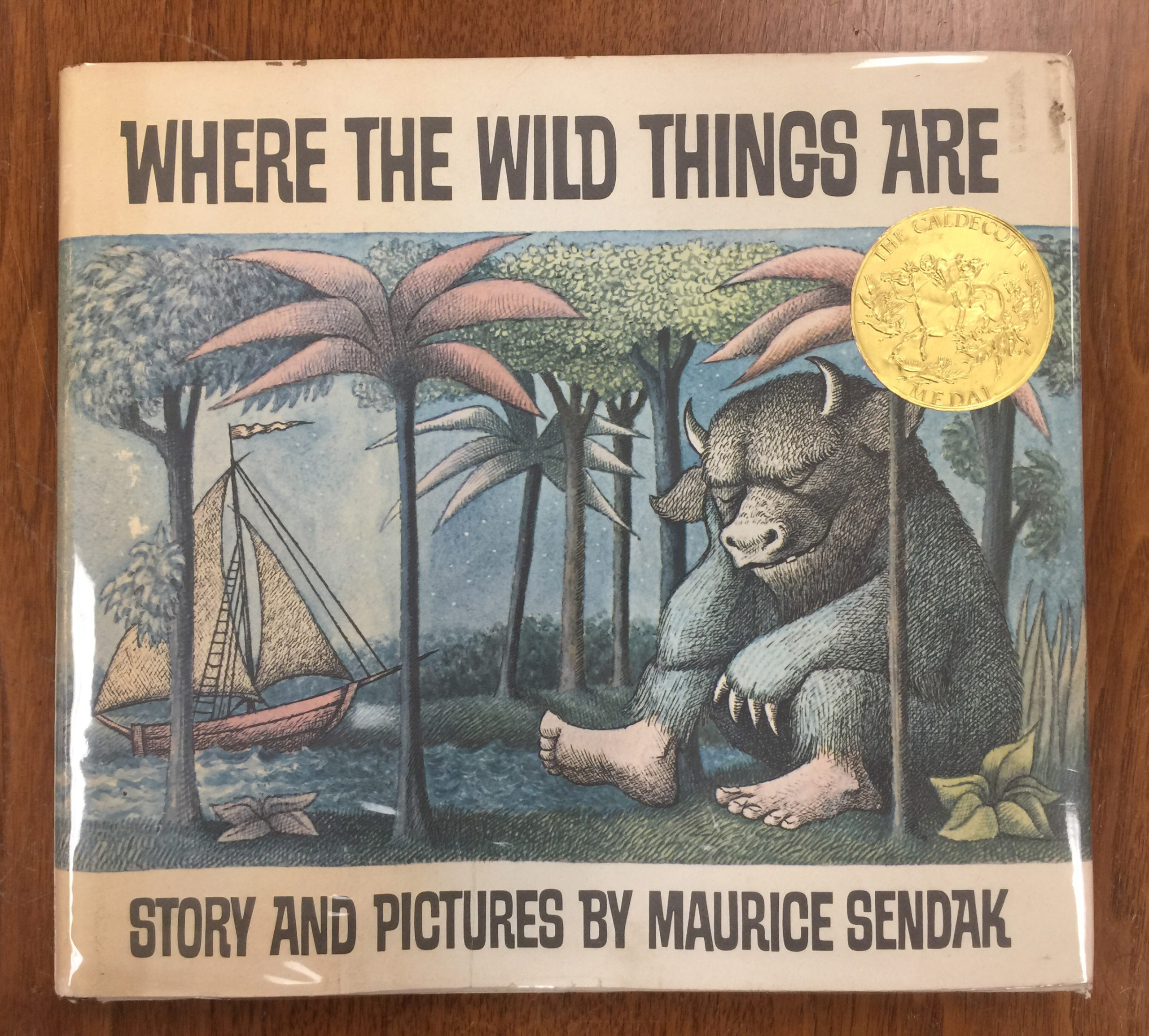
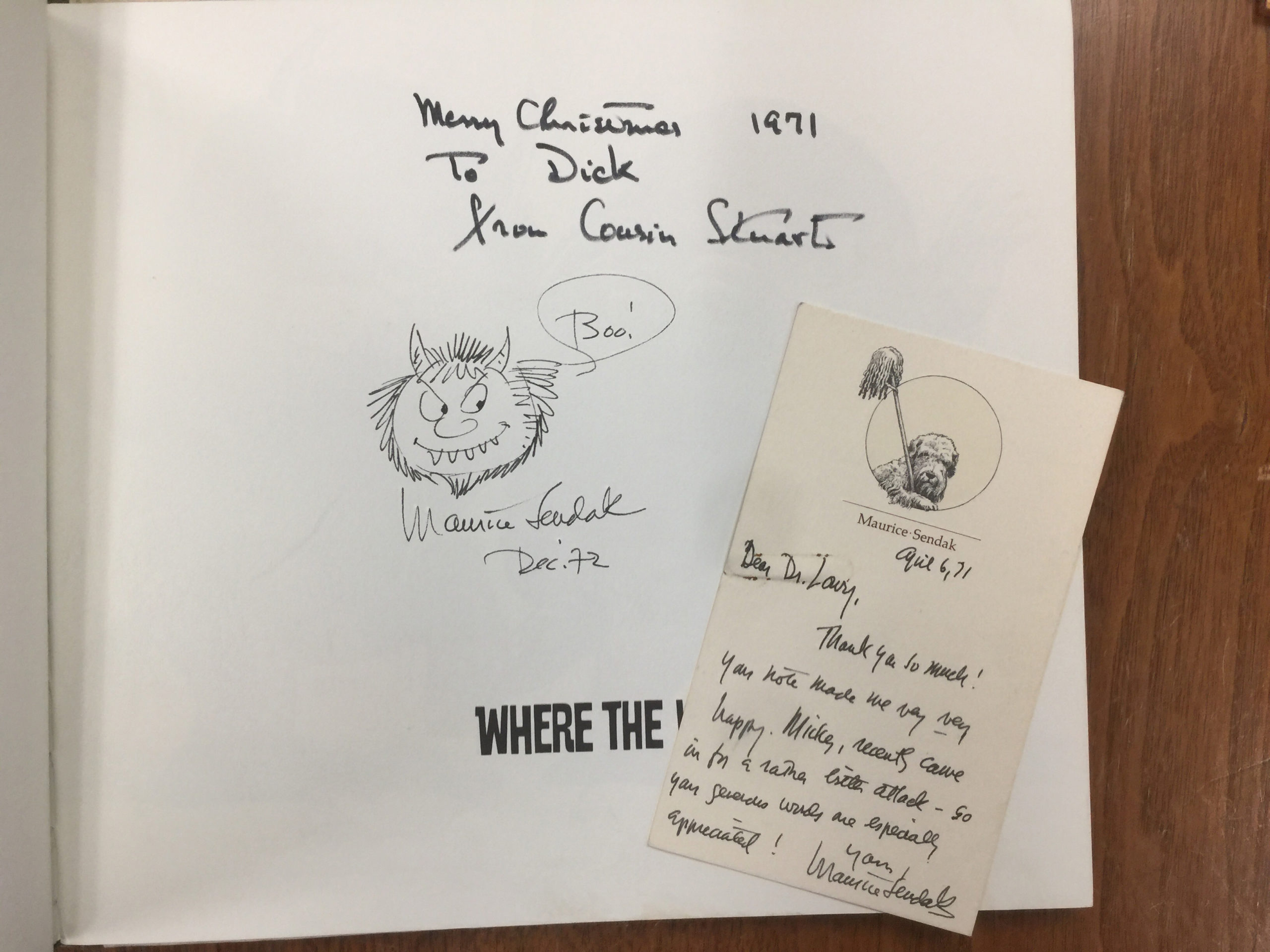

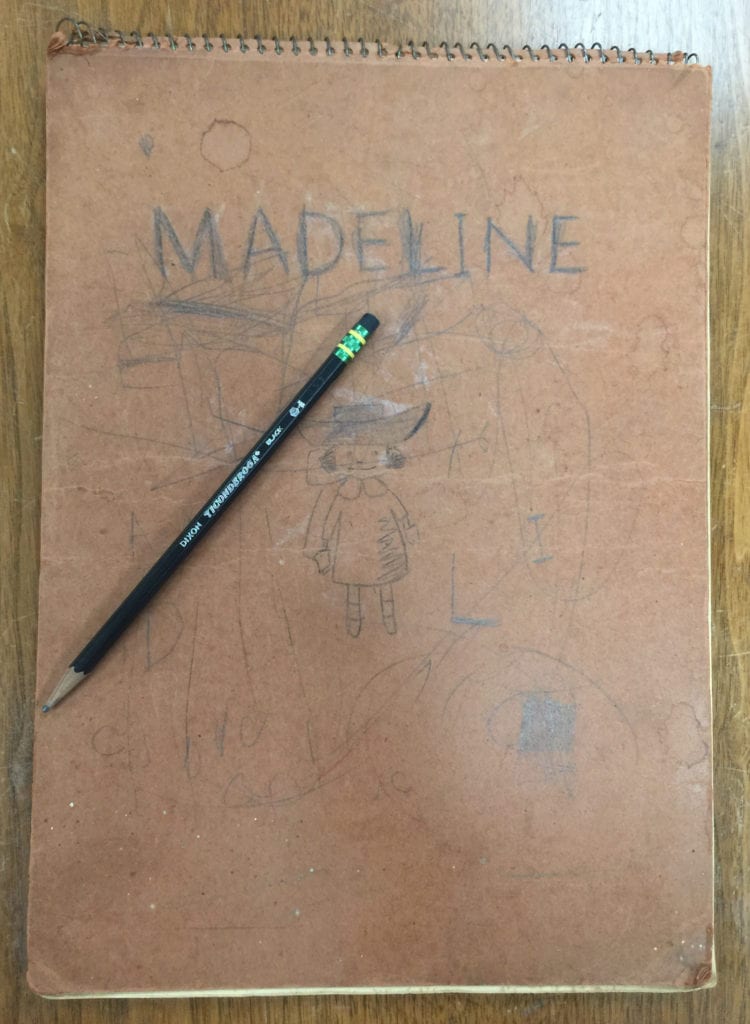
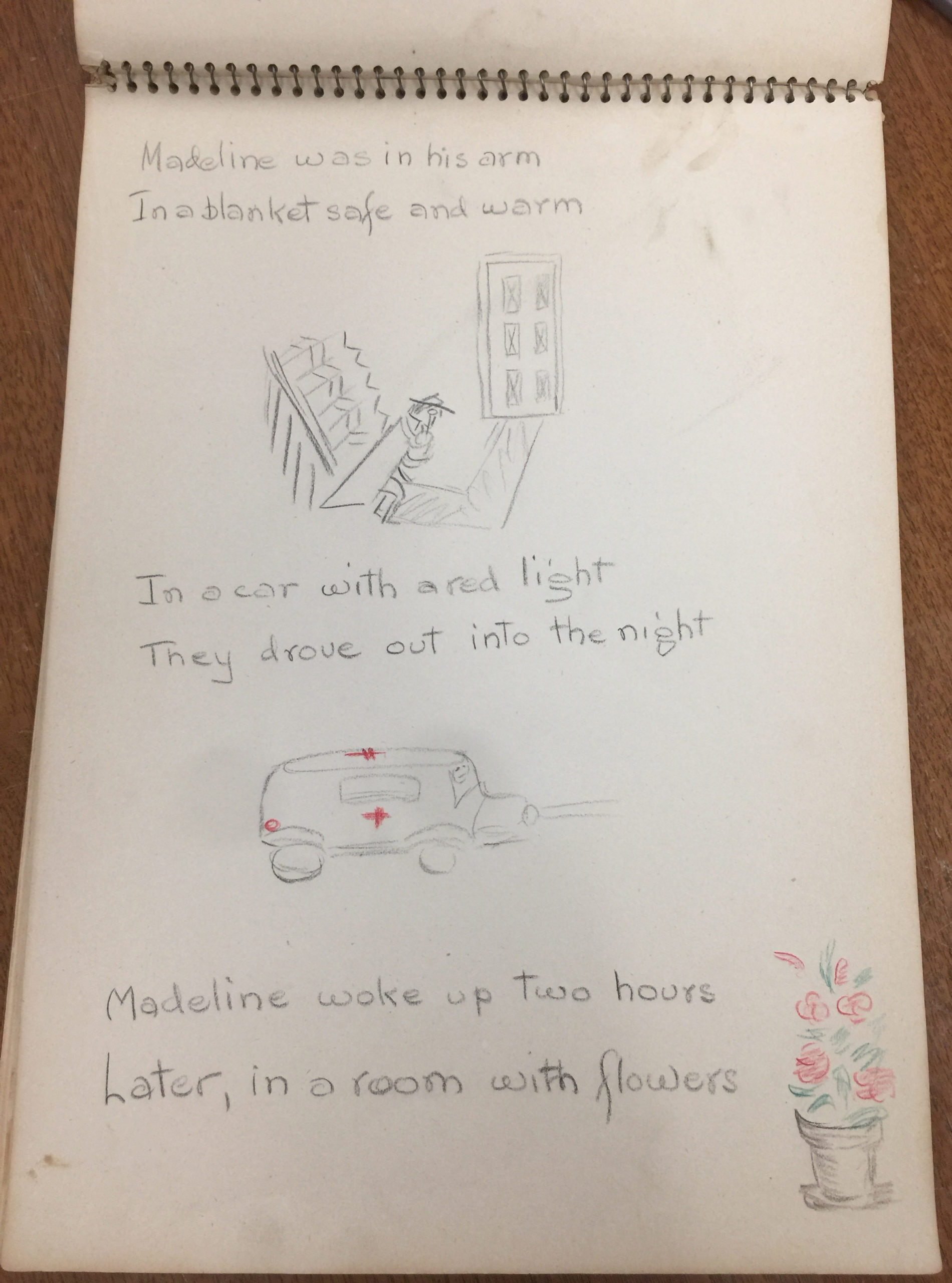
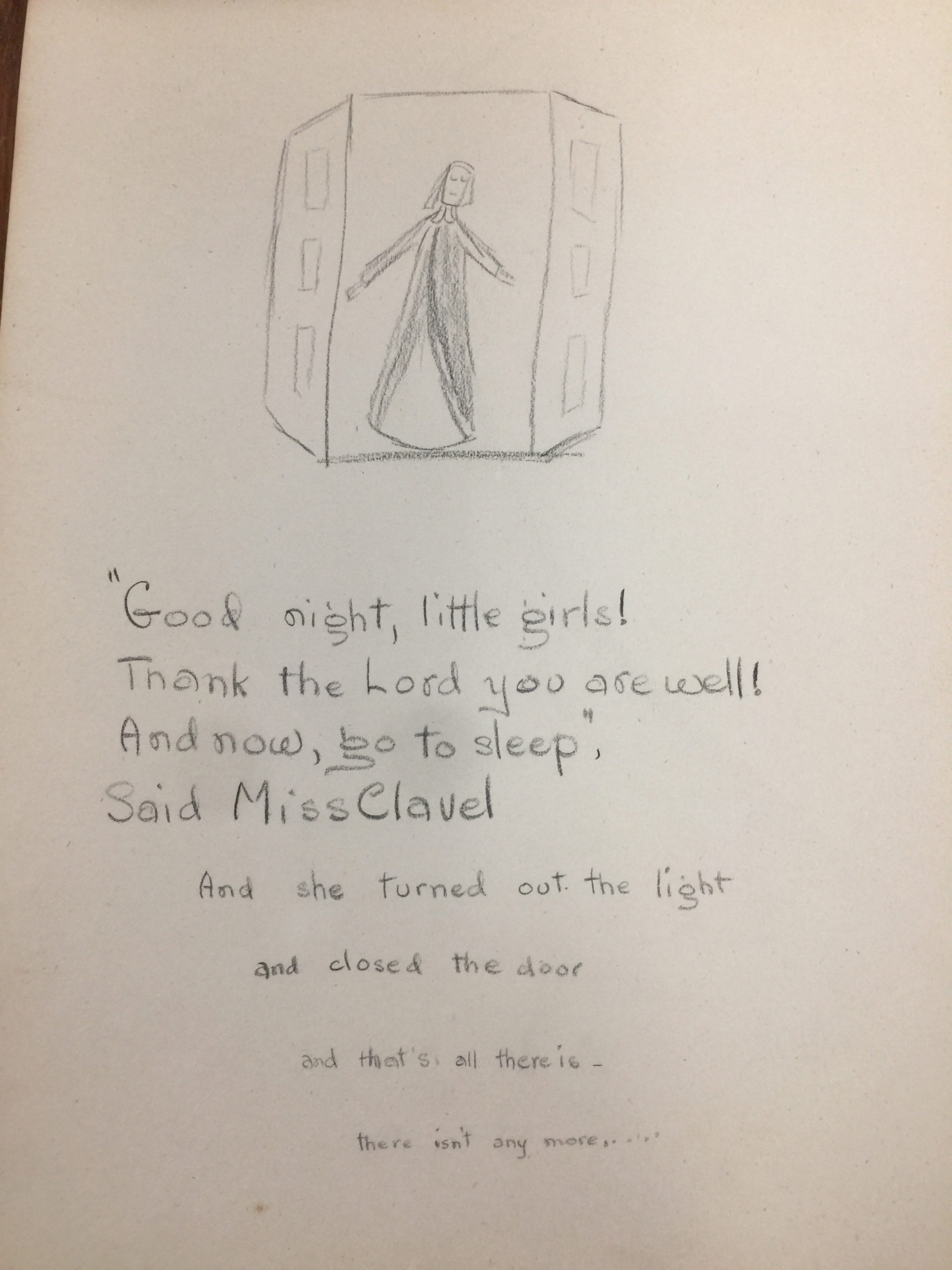
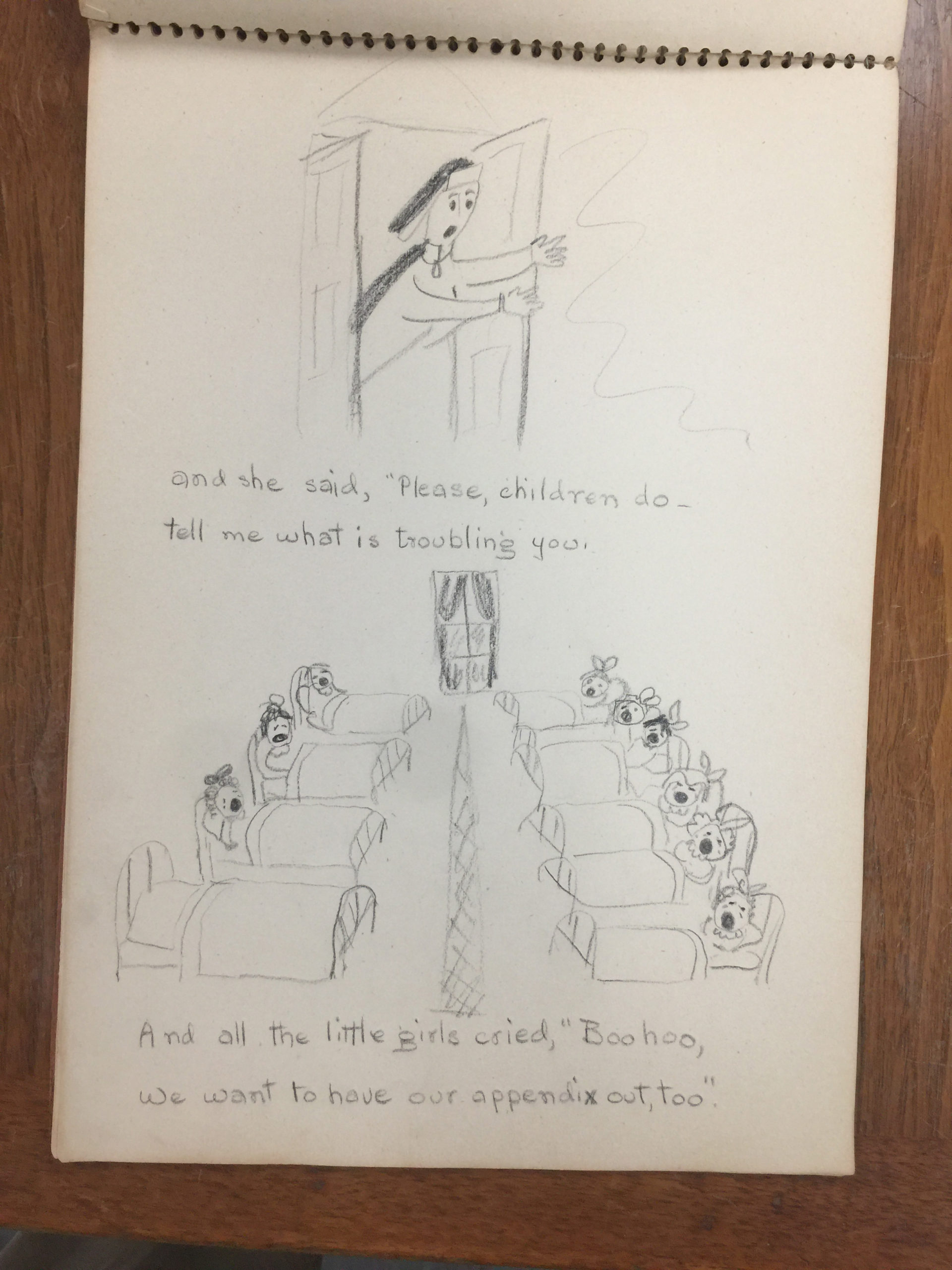
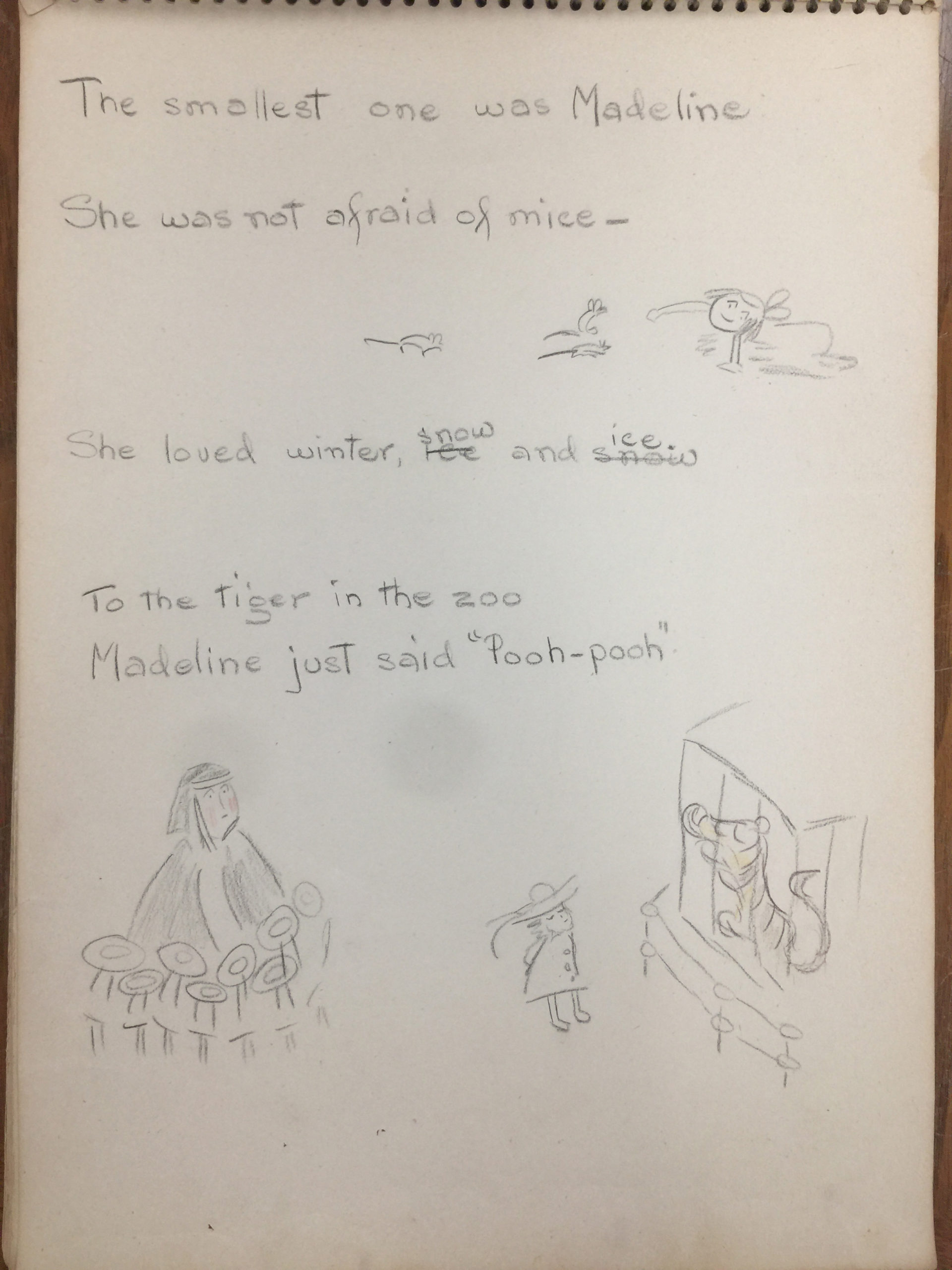
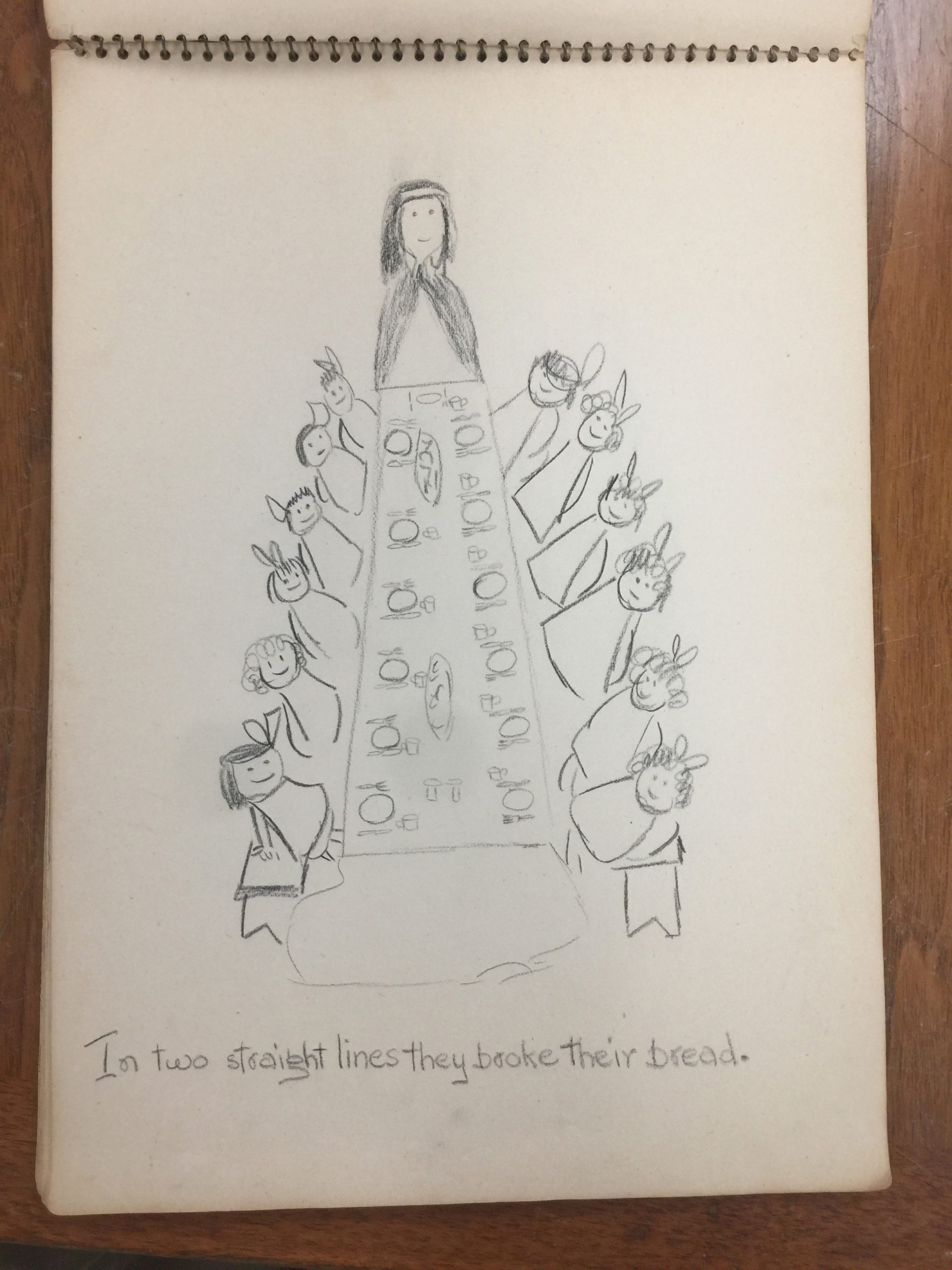
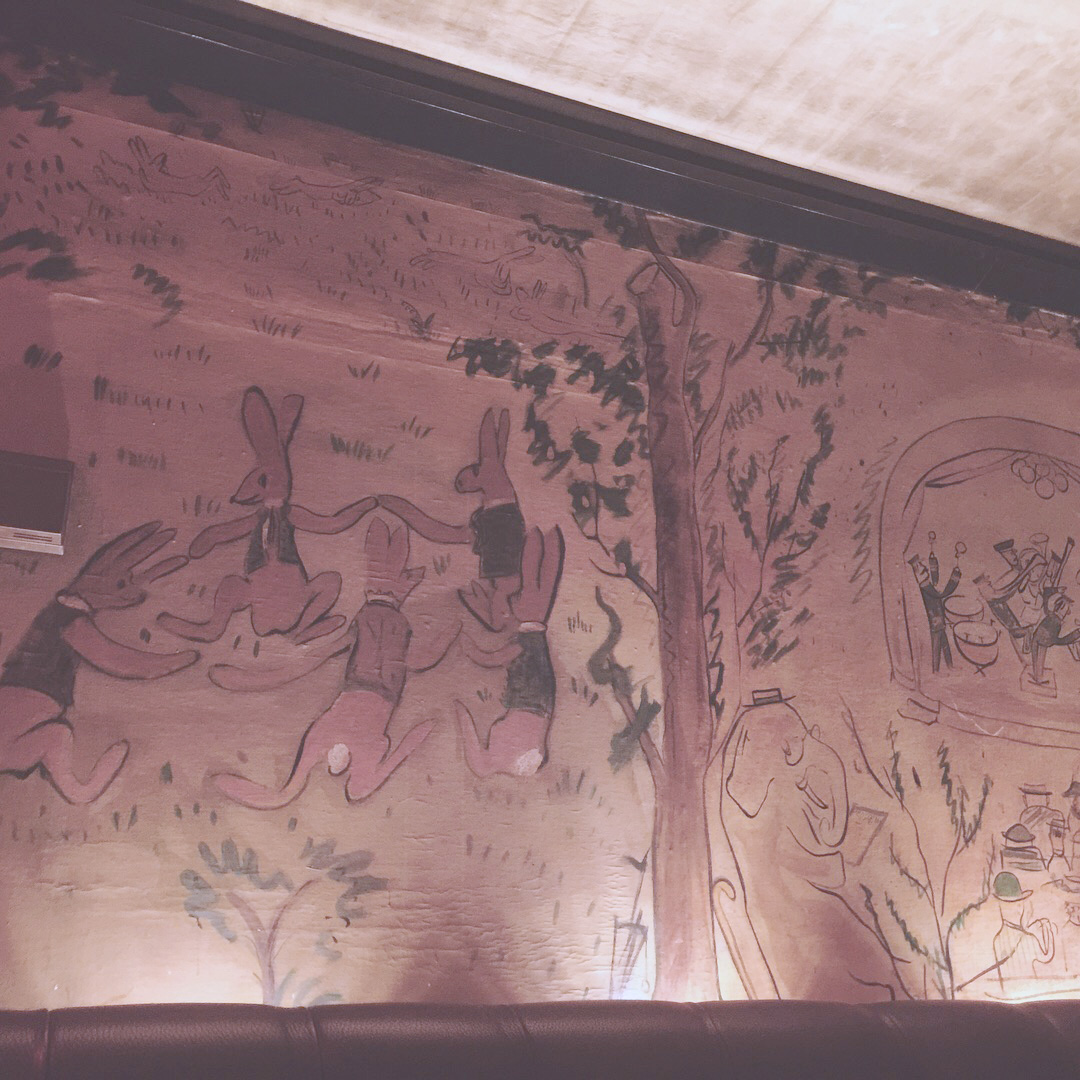
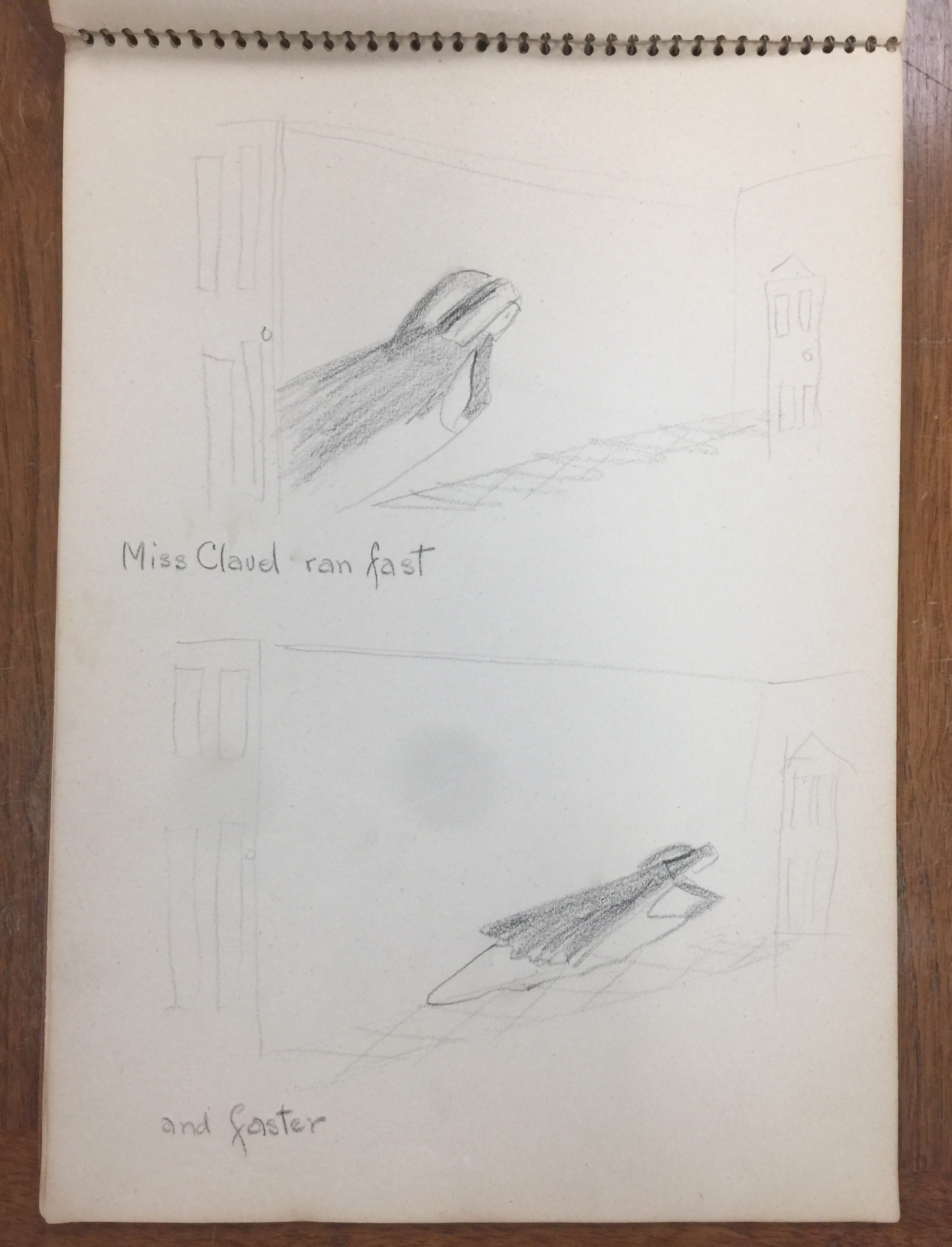
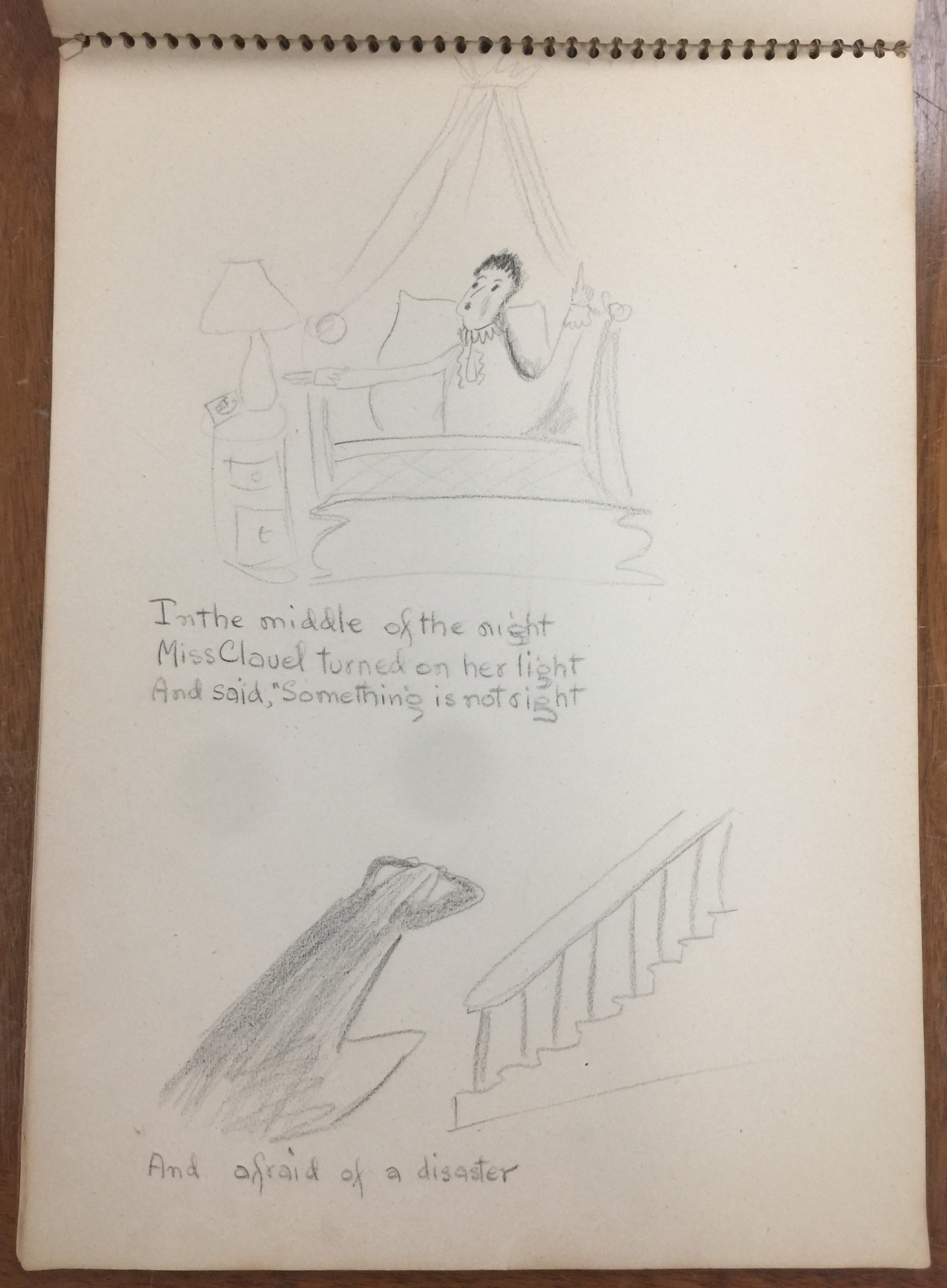
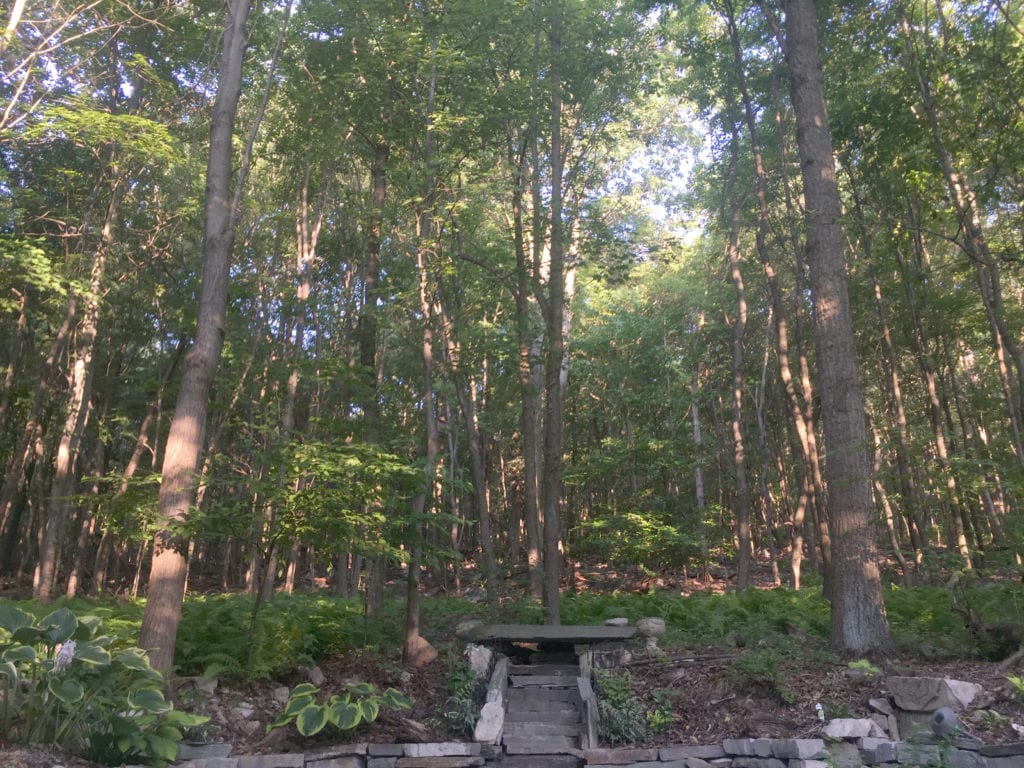
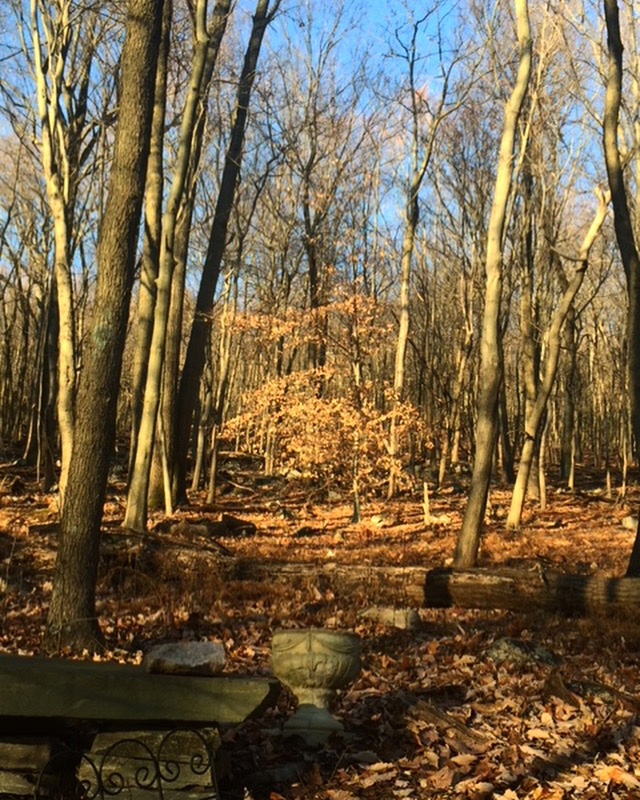
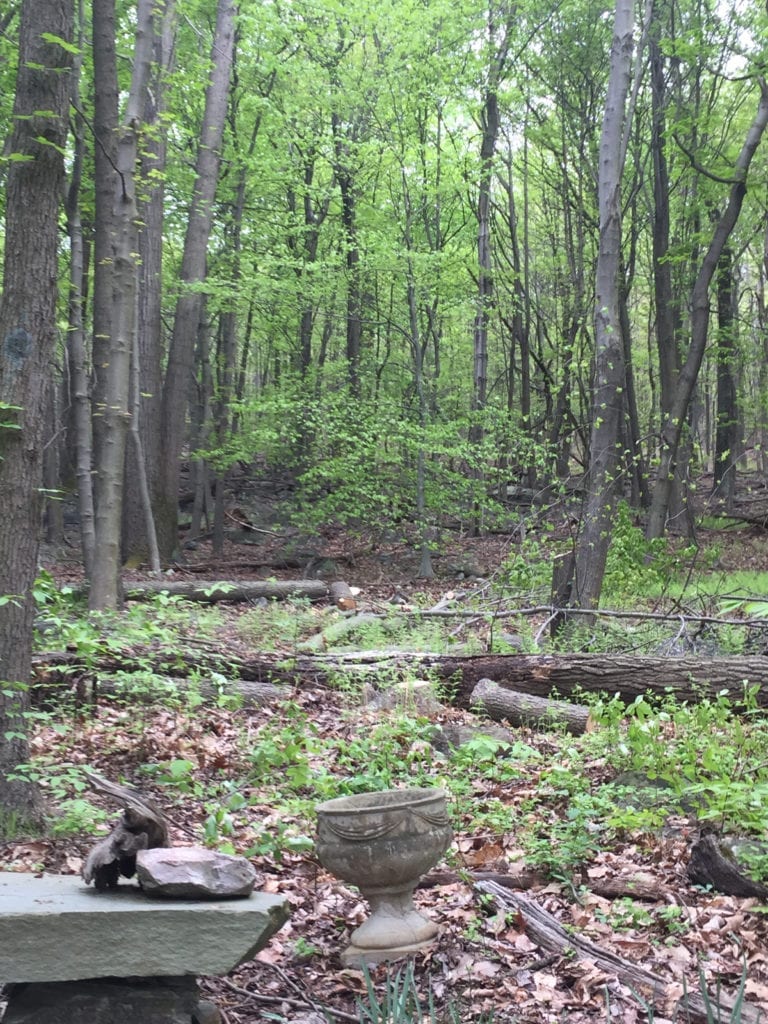
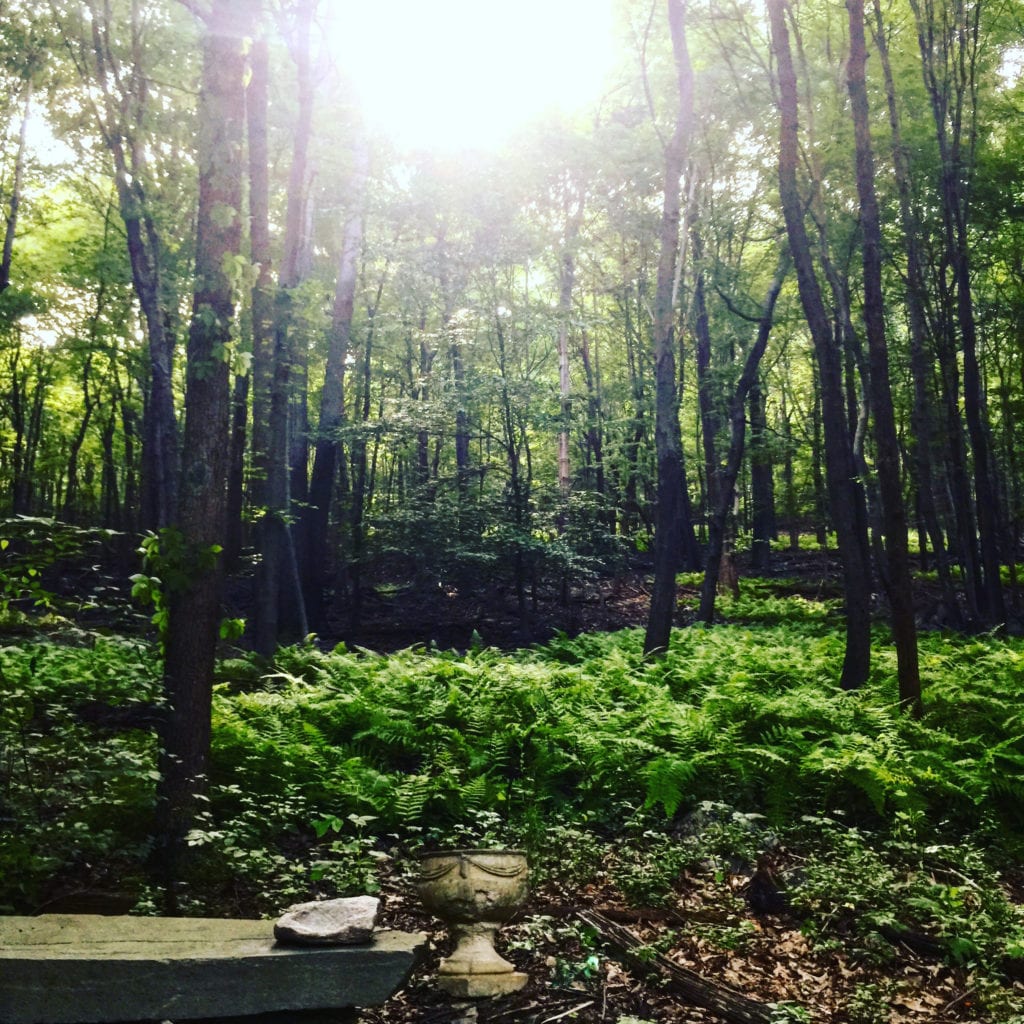
There are no comments to display.